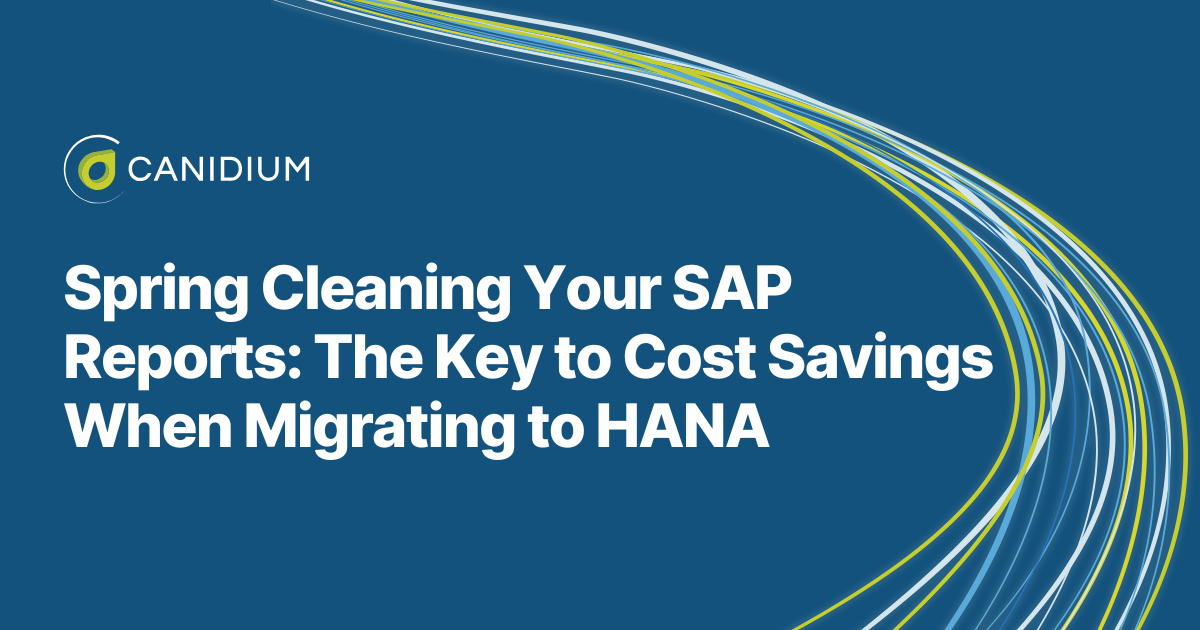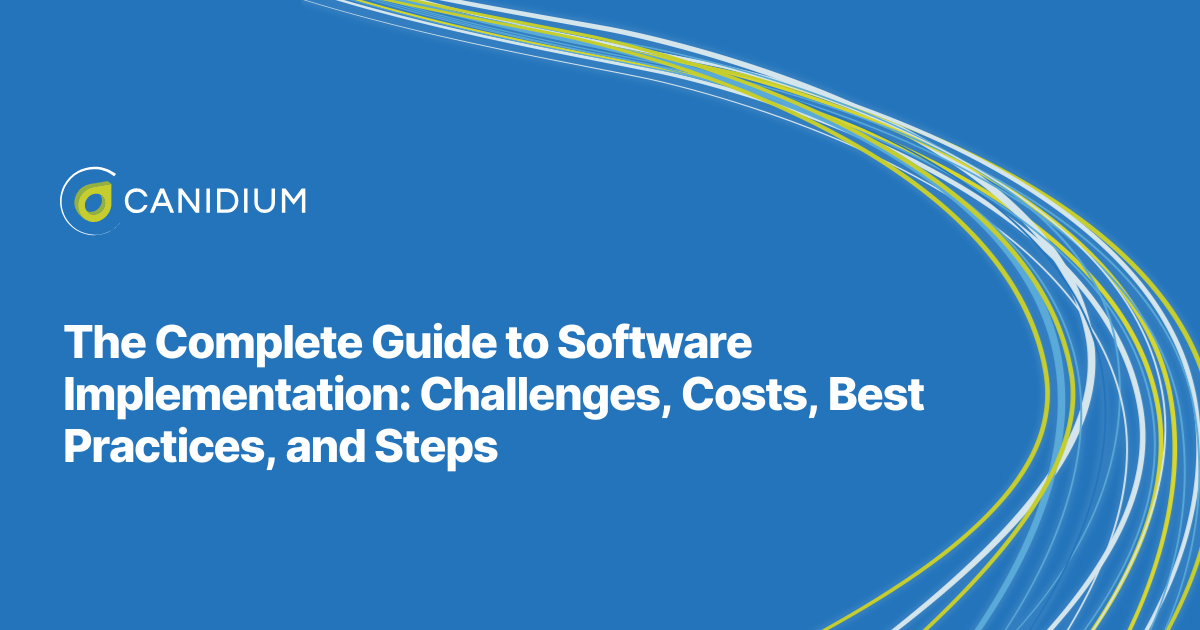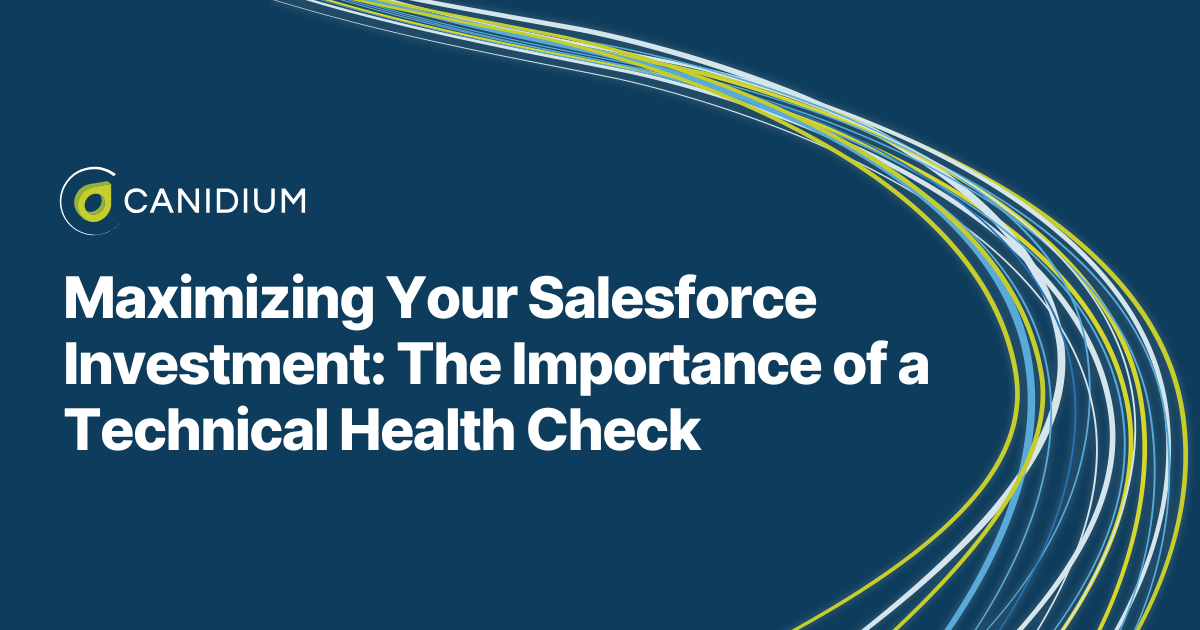Spring is in the air, and with it comes the age-old tradition of decluttering and refreshing our spaces. But before you get to tidying your desk, there's a much more important space you should turn your attention to. If your organization is preparing to migrate from Oracle to SAP HANA, now is the perfect time to clean house. Reviewing and consolidating reports before your migration isn't just good housekeeping—it can also drive significant cost savings.
Just like spring cleaning, this process requires taking stock of what you have, deciding what you truly need, and letting go of the excess. Many companies maintain extensive libraries of reports, but how many are actually being used? How many are duplicates or outdated? And how many are just taking up unnecessary space and costing you money?
The Cost of Clutter: Why Reducing Reports Saves Money
The exact price per report varies based on levels of complexity, yet every report you migrate to HANA carries a cost. Multiply your cost across dozens—or even hundreds—of reports, and the financial burden becomes clear.
By eliminating unused or redundant reports, you can immediately cut costs on your migration. Imagine an organization with 50 reports, but upon review, they realize only 45 are actively used. Removing those five unused reports might not seem like much, but it can result in notable savings, not to mention the fact that without consolidating, you were paying to move five reports for no reason. In other words, if you don't take the time to review your reports before migration, you are essentially burning your investment money.
Additionally, the cost of redundant, outdated, or otherwise unnecessary reports goes beyond just paying for unnecessary migration costs—it also impacts the future maintenance and storage fees. More reports mean higher ongoing costs in IT support, updates, and system resources. Furthermore, each report takes time to validate and test post-migration, increasing project timelines and labor costs. Simply put, failing to streamline reports before a migration means throwing money away not only during the transition but also on an ongoing basis, potentially for years to come. On the other hand, this means that you can cut both your initial migration costs and your long-term maintenance fees simply by consolidating your reports ahead of your project.
How to Start Your Report Spring Cleaning
How do we begin this decluttering process? Here's a simple roadmap:
- Inventory Your Reports – Take stock of all reports currently in use. Identify duplicates, outdated reports, and those that haven't been accessed in a significant period.
- Categorize by Complexity – Determine which reports are simple, medium, or high complexity. This helps estimate migration costs and prioritize which reports to keep or eliminate.
- Engage Key Stakeholders – Work with business users to confirm which reports are essential. If they can't justify why a report is needed, it may be a candidate for removal.
- Eliminate or Consolidate – Remove reports that are no longer useful and merge similar reports where possible. Consider designing new, more efficient reports that serve multiple purposes.
- Implement a Review Process – Going forward, make report audits a regular internal practice. A biannual or annual review ensures you maintain an optimized reporting environment and avoid unnecessary buildup over time.
Hidden Benefits Beyond Cost Savings
Cost savings are a major driver, but consolidating reports before migration brings other key financial benefits:
- Improved System Performance – While redundant reports may not directly slow down your system, they consume storage and computing resources. Over time, this accumulation can contribute to inefficiencies. A streamlined reporting environment ensures that your new system runs smoothly, and thus yields greater returns over time.
- Simplified Maintenance – The more reports you have, the more effort is required to manage them. IT teams must maintain, troubleshoot, and update each report as business needs evolve. Reducing the number of reports means less administrative overhead and a more agile reporting infrastructure.
- Better Data Governance – Keeping unnecessary reports around increases the risk of inconsistent or outdated data circulating in your organization. Conversely, cleaning up reports ensures that only the most accurate, up-to-date information is available, reducing compliance risks and improving decision-making.
- Enhanced User Experience – A cluttered report catalog can be overwhelming for end-users. By removing redundant reports and implementing a clear naming convention, employees can easily find the information they need without sifting through outdated or irrelevant files.
A Smarter Path to HANA Migration
Your SAP HANA migration is a significant investment, and like any major transition, preparation is key. By conducting your annual digital spring cleaning this year, you can maximize efficiency, reduce costs, and set your organization up for success in its new environment. Think of it this way, just as you wouldn't move to a new house without sorting through your belongings first, don't migrate to HANA without evaluating your reports. Taking this proactive approach will ensure a smoother transition and a more efficient system moving forward.







